A flat floor doesn’t just help tiles stick; it helps the entire flooring last longer. If the foundation has a fault, it doesn’t matter how expensive the tiles are or how skilled the installer is. Uneven floors cause tiles to lift, break, or shift over time. Before starting tile work, you need a base that behaves well. This blog post by Floor & Deckor walks through what needs to be known before laying that first tile.
Know The Benefits of Floor Leveling In The First Place
Tiles can’t adjust on their own. Once fixed, they stay exactly where they are, whether it’s over a dip or slope. That’s where the trouble starts. Cracks, loose corners, water gathering in one spot, it’s like a chain reaction from an uneven base that makes your flooring investment go down the drain earlier than expected.
Especially in bathrooms or kitchens, where spills are common, an uneven floor becomes a real issue. Before you get into patterns, layouts, or tile textures, the subfloor deserves full attention.
1. Thoroughly Inspect Flooring Beforehand
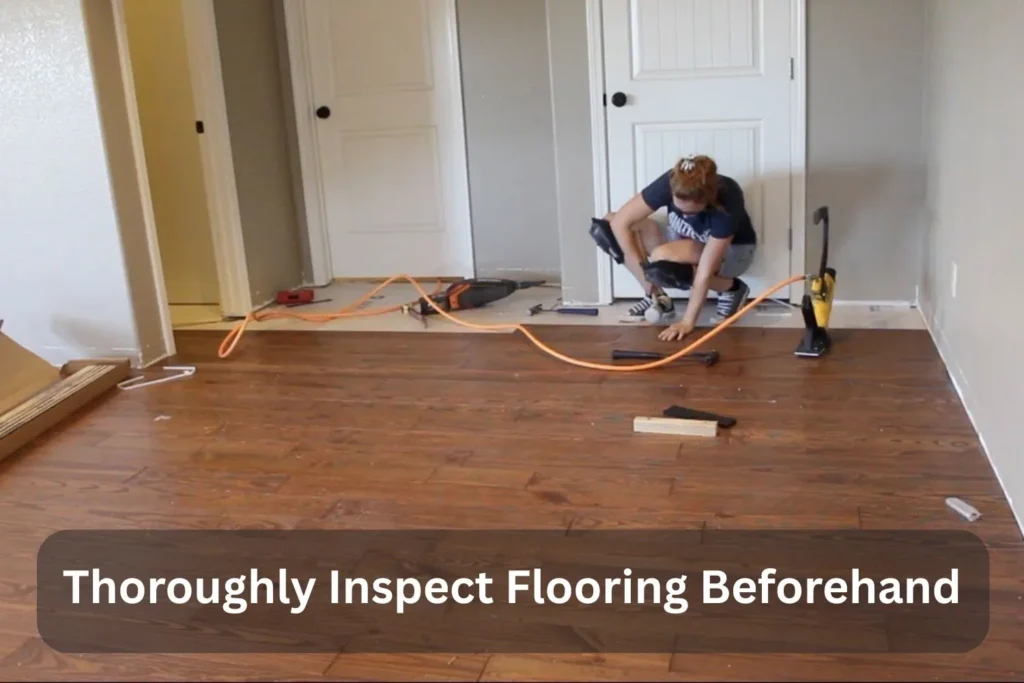
A floor might seem fine at first glance, but closer up, it tells a different story. Certain areas rise slightly, while others drop just enough to mess with adhesive later on. A proper check reveals where the trouble sits. Not all floors are the same, either.
Some have concrete patches, others show marks from old installations. That’s why the prep starts here, by simply knowing what condition the surface is in before anything is applied to it.
Read More: Which Tile for the Entry of Our New House?
2. Address The Floor Leveling Issue
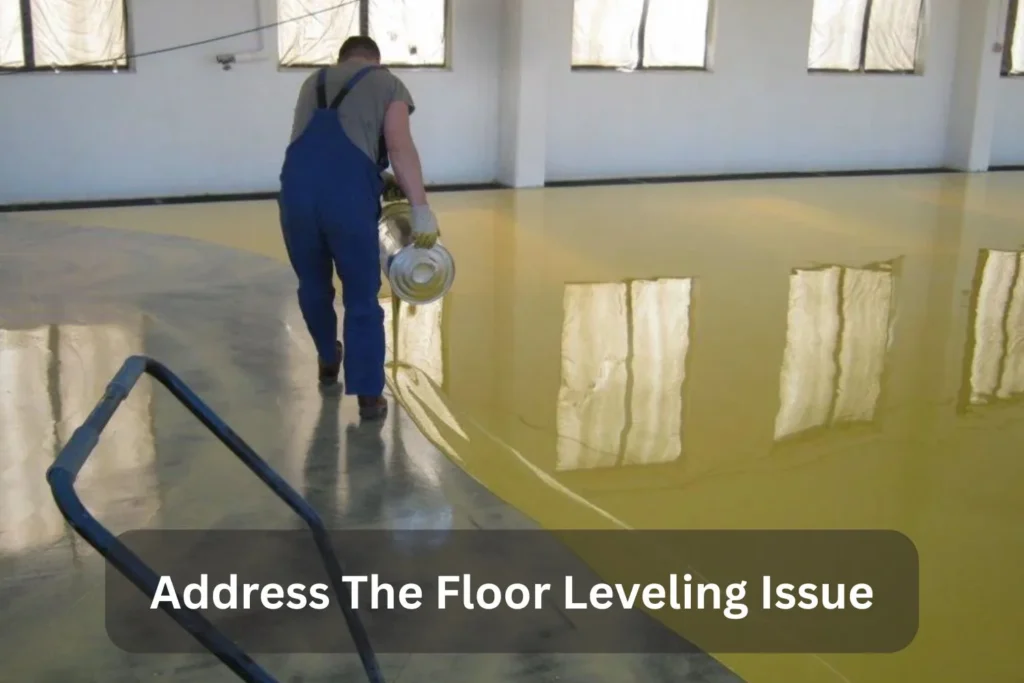
Not every uneven floor calls for the same fix. Small imperfections don’t need a full redo. A few dips here and there might just need a patch fill. But when the issue spreads across wider areas, a self-leveling compound makes more sense.
This material spreads out, settles into low spots, and leaves the surface flat without too much interference. It’s not about fancy product names, it’s about what suits the floor condition.
3. Surface Preparation is A Must
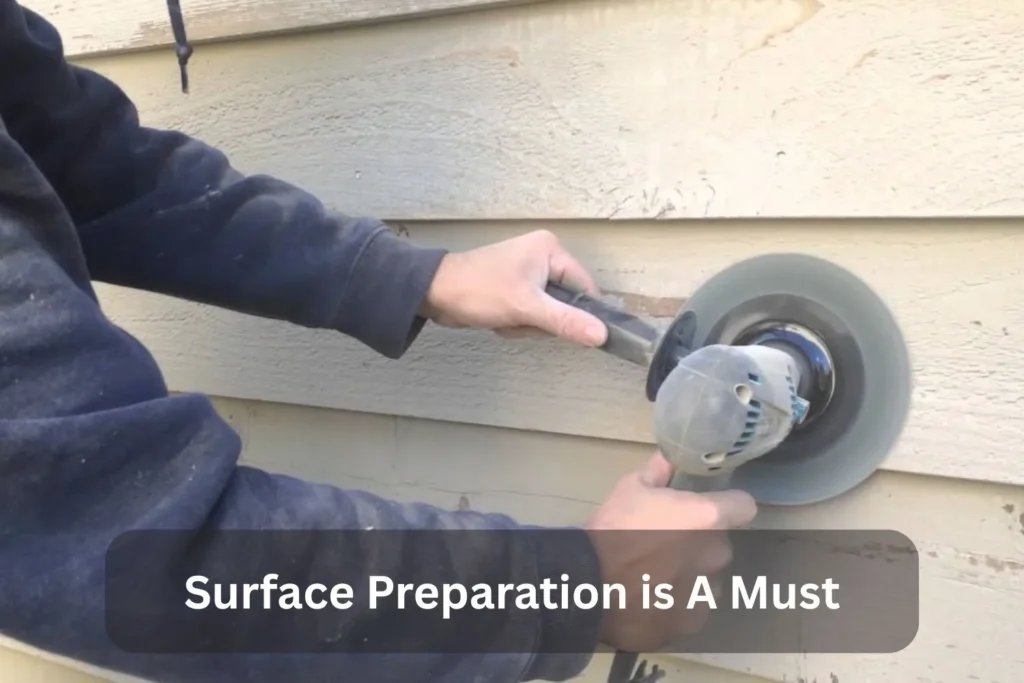
Before adding anything on top, the surface underneath needs to cooperate. That means the dust, debris, or sticky leftovers from past glue should all be eliminated. It doesn’t have to be spotless, but it has to grip what’s coming.
Any shiny patches or too-smooth areas reduce the bond. Some use a primer coat or scratch the floor slightly to help the next layer settle properly. Skipping this part usually leads to patches lifting or drying unevenly.
Explore More: How To Clean Laminate Floors?
4. Applying the Fix the Right Way
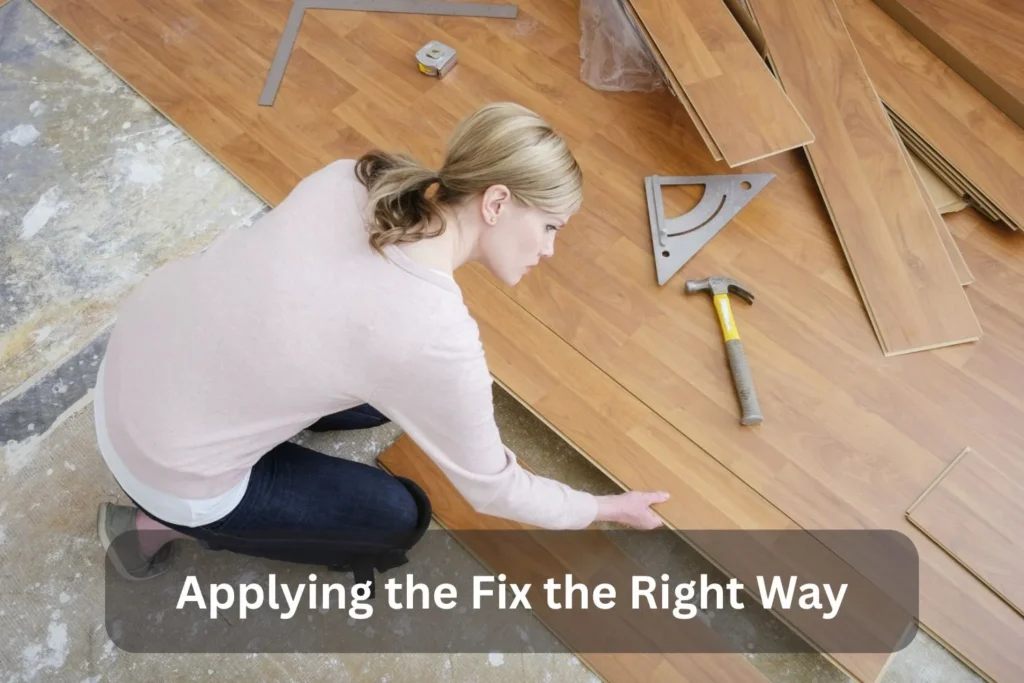
There’s no single way this is done. Some work in sections, moving slowly across the room. Others cover wider areas at once when using self-leveling mixtures. Either way, the quicker it can be done, the better! Some of these materials begin to set quicker than expected, especially in warmer climates.
It’s not just about pouring and walking away. The flow needs checking, especially around corners or slopes where the mix might not fill properly. Gaps or uneven edges left behind now will cause trouble later.
5. Things Worth Keeping in Mind
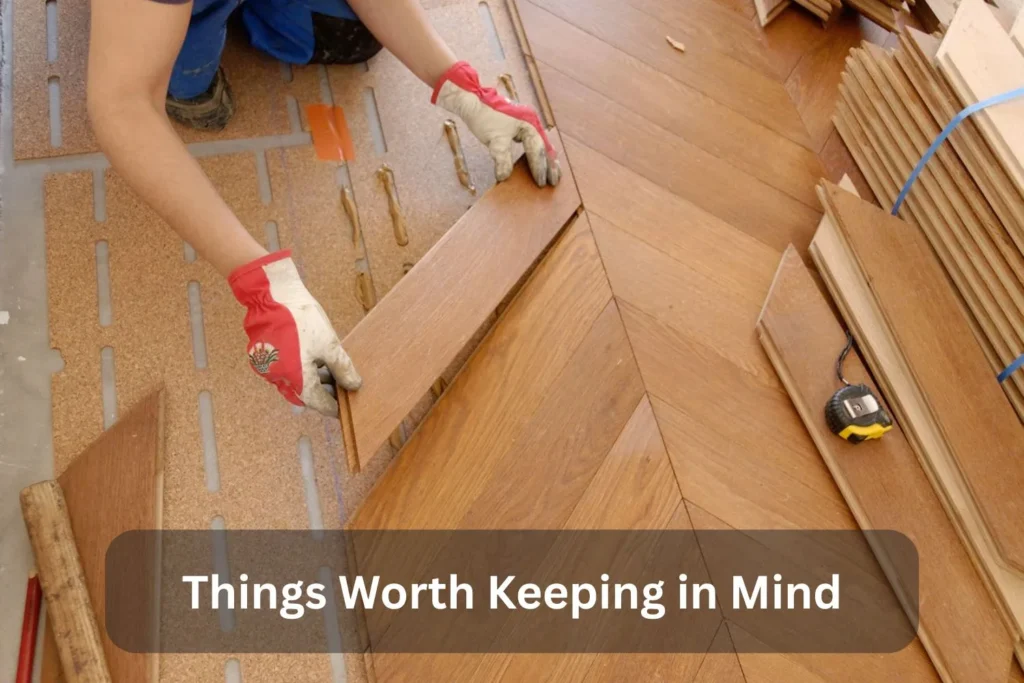
Here’s a short list of what people tend to forget:
- Too much water in the mix weakens it.
- Priming helps bond better, especially on smooth bases.
- Walking over the surface before it dries ruins the finish.
- Thick layers in one go usually don’t dry well.
- Simple points, but often missed.
6. A Second Flooring Inspection is Better
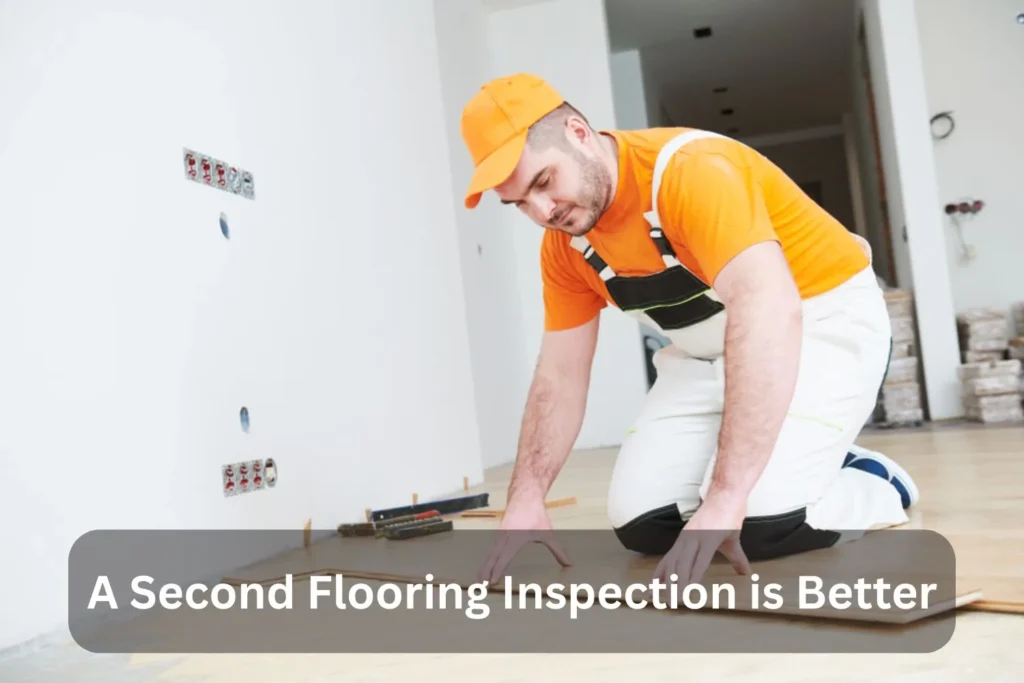
The surface may feel even to the eye, but it’s smart to take a final walk around. Look for soft spots or slight curves near the edges. Drop something round and watch where it rolls. That tells more than a level sometimes. If anything feels off, now’s the time to patch. Once tiles go in, fixing mistakes gets tougher and costlier.
See details: Top 10 Modern Rugs Flooring ideas for home decor
Calling for Extra Hands If Needed
Sometimes, things just don’t line up right. Maybe the room’s too big, or maybe the old floor is too damaged. In such cases, hiring a team (with professional expertise and experience) makes sense. They use pumps, grinders, or big spreaders that speed things up.
Wrapping It Up
Uneven floors not only catch attention but also can make your investment go down the drain quicker than expected. It’s essential to inspect flooring initially, identify & fix issues, and remember key points to resolve this problem once and for all.

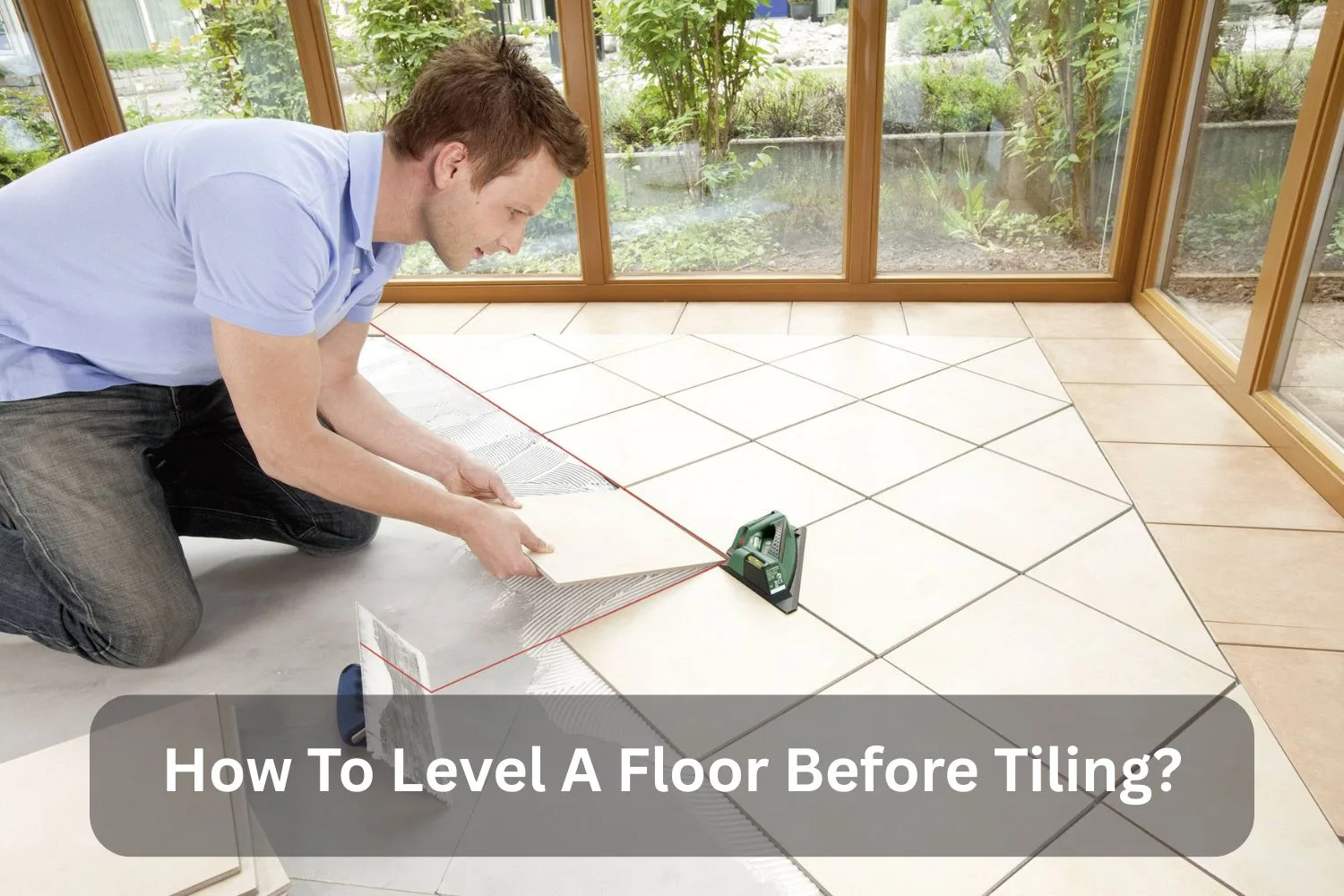



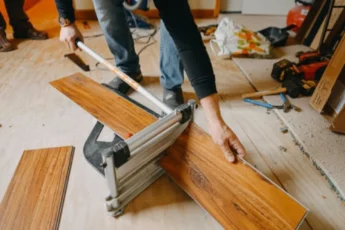


Leave a Comment